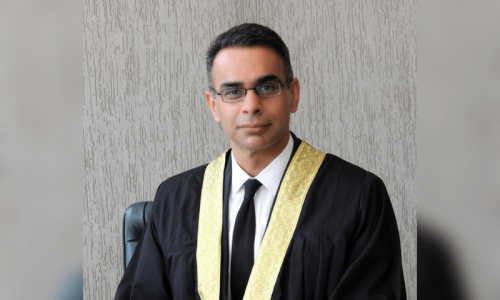
NEW YORK: Pakistan Tehrik-i-Insaaf’s popularity has gone down by a massive 22 per cent among likely voters in the next general election in 2013, says a recent report by a US surveyor.
The survey, conducted by the International Republican Institute (IRI), has shown the Pakistan Muslim League-N has witnessed an increase of 3.7 per cent in its popularity.
The survey claims that Imran Khan’s criticism of the PML-N, its leaders and policies did have an initial impact on the party’s popularity but slowly it grew out of it. Now the PML-N is the most popular party in Pakistan.
The surveyors asked likely voters that if the elections for the National Assembly were held next week, who were they most likely to vote for. The results shocked PTI supporters in the United States and may have a similar impact on its supporters in Pakistan.
Conducted between July and August 2012, from a pool of 6,001 respondents, the survey compared results from an earlier survey carried out in February 2012.
According to the IRI survey, 28 per cent of the respondents agreed to vote for PML-N, closely followed by the Pakistan Tehrik-i-Insaaf at 24 per cent.
The Pakistan People’s Party took the third spot with 14 per cent votes whereas Muttahida Qaumi Movement polled 3 per cent.
Internal fights, induction of traditional politicians, seen as corrupt and inefficient by most Pakistanis, and Imran Khan’s reluctance to allow other party leaders to come forward appears to have hurt his party.
The survey also showed that 91 per cent of the people believed Pakistan was heading in the wrong direction.
Respondents identified electricity and inflation as the two most troubling issues their country faced.
Seventy-nine per cent vowed to cast their votes in the next elections, 12 per cent did not want to vote, while six per cent are not yet fully ready.
The population under study is representative of the adult population of Pakistan.
In the first stage, the sample was stratified into four provinces. In the second stage, the sample was further stratified into districts within each province by rural and urban categories. In the third stage, each district was further stratified by union councils. The respondents ranged from 18 to 60 years and older.
The sample was distributed at the provincial level, rural and urban, in all four provinces of Pakistan (except for the Federally Administered Tribal Areas and Chitral).
Face-to-face interviews were conducted. The interview teams included both men and women; the female respondents were interviewed by female interviewers and male respondents by male interviewers.















































Dear visitor, the comments section is undergoing an overhaul and will return soon.